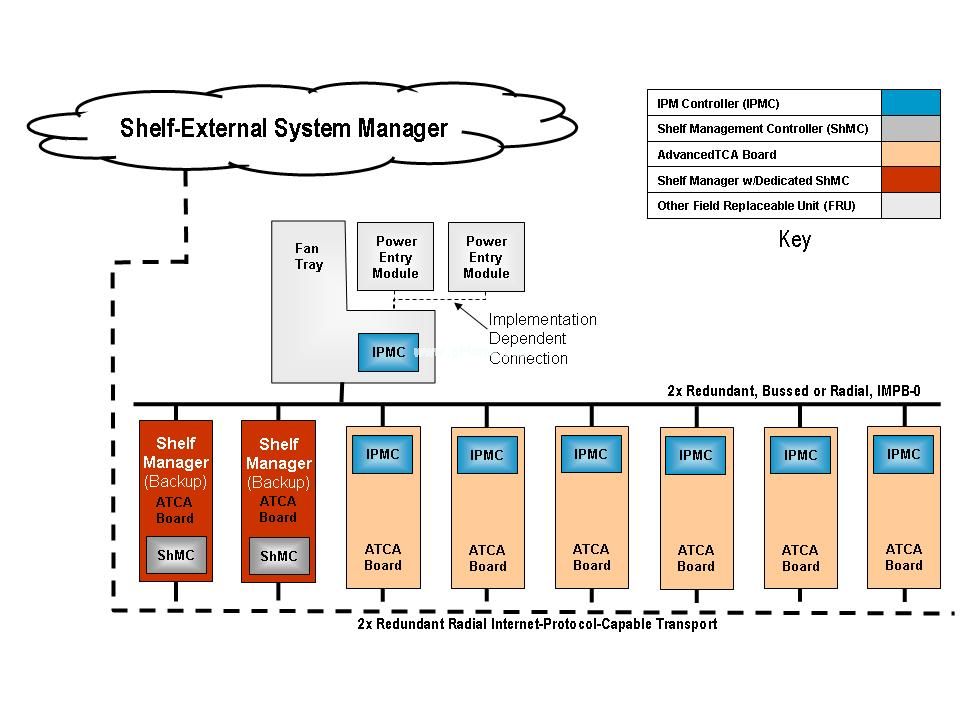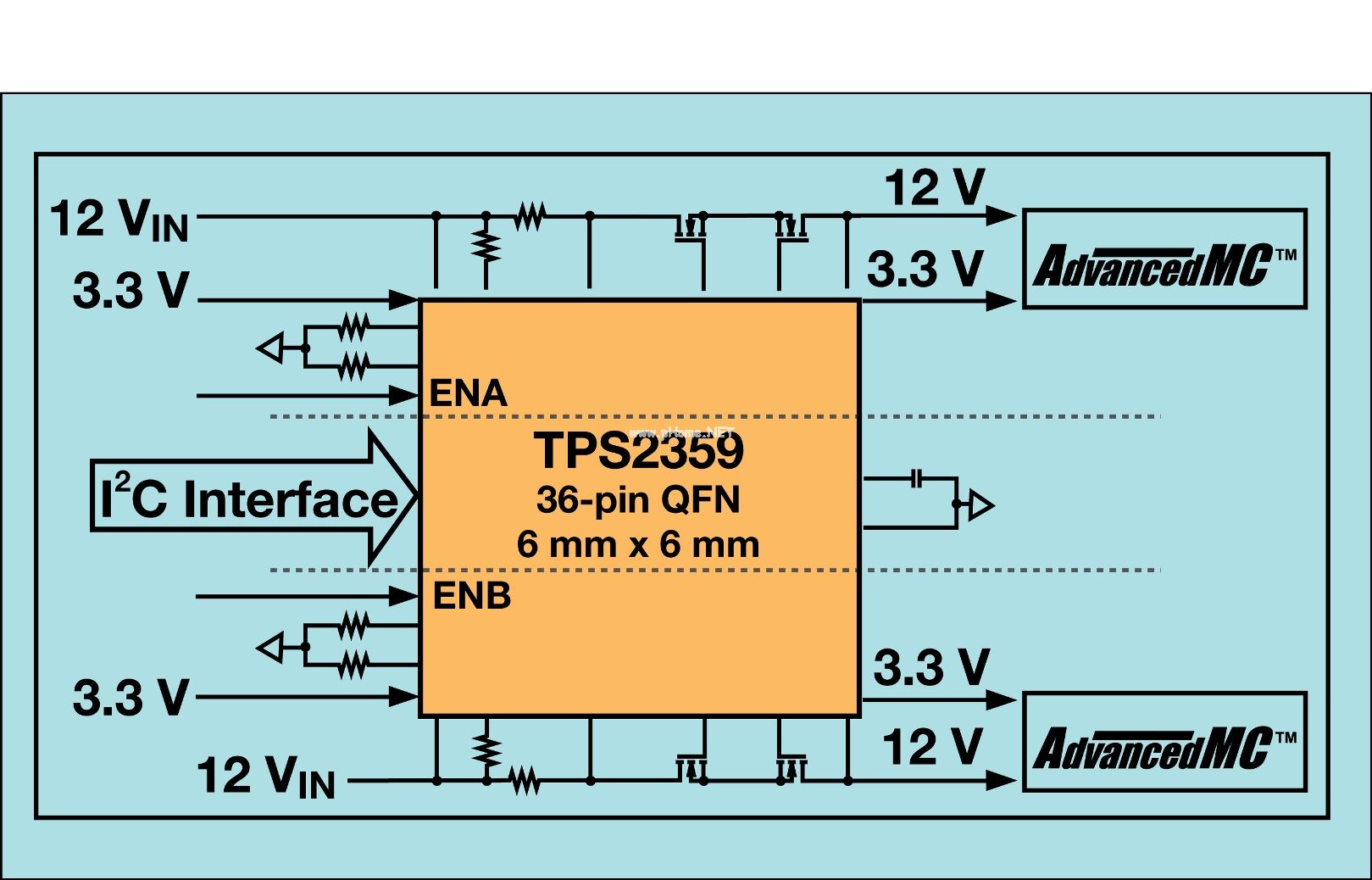ATCA and MicroTCA standards trigger integration
Introduction In order to adapt to the rapid technological advancement in computing, communications, and the industrial market, PCI Industrial Computer Manufacturing Group (PICMG®) has developed the Advanced Telecommunication Computing Architecture (ATCA) and MicroTCA (μTCA, uTCA, MTCA, or mTCA) open standards, This standard has now been widely adopted. This standard was adopted by PICMG® in 2005, which stipulates the requirements on machinery, shelf management, power distribution, heat dissipation and connectors.
Reducing the development work of the old system and reducing the cost are the main reasons for spawning these standards, because the implementation and requirements of these old systems will vary with different applications and different manufacturers. The wider adoption of new open standards has created many business opportunities for system developers and telecommunications equipment manufacturers (TEMs). A common standard practice is to develop highly integrated silicon chip solutions to simplify design and improve performance, while reducing board-level space requirements, reducing costs, and accelerating product launch. ATCA and MicroTCA standards are currently favored by TEMS, network equipment providers, communication system integrators and subsystem manufacturers.
In addition, PICMG® also specifies a specification called AdvancedMC, which is a mezzanine daughter card module that can extend, add, or upgrade the functions of the ATCA carrier card. AdvancedMC modules can integrate digital signal processors (DSPs), microprocessors, programmable hard drives, communication components, or any connection components that can be used in such systems. In fact, this module can integrate all the functions required by users, and it is especially useful for systems that require high reliability and scalability. In addition, the module can also be used to expand functions or expand redundancy. According to the standard definition, the ATCA carrier card can support up to 8 AdvancedMC modules (see Figure 1). 
Figure 1 Typical ATCA carrier card
MicroTCA is a PICMG® supplementary standard that allows the use of AdvancedMC daughter card modules in distributed systems. MicroTCA is specifically optimized for systems that require smaller form factors and lower costs. In MicroTCA, up to 16 modules can be directly inserted into the backplane. The 16 modules integrated in the entire architecture are as follows: 12 AdvancedMCs with required functions, 2 MicroTCA carrier hubs (MCH), and 2 cooling units. Figure 2 shows a MicroTCA carrier hub with 8 modules. 
Figure 2 MicroTCA module
Hot swap function
The PICMG® standard specifies the hot-swap power management requirements for each AdvancedMC module's –48V, 12V main payload power supply and 3.3V management power rail, including inrush current limit, current limit protection, and ORing control. The PICMG® standard defines a 12V power rail as a payload power supply (PWR) channel with a maximum power output of 80W, and the actual power output limit depends on the individual module design. The 3.3V power rail is defined as a management power (MP) channel with a current limit of 150mA. Each module needs to have a current limiting function to avoid the defective AdvancedMC carrier card from causing other parts of the system to malfunction.
In dedicated systems, and before ATCA and MicroTCA are widely adopted, these requirements vary from system to system and generally use discrete hot-swap controllers and ORing FET controllers for each power rail. Because each solution is different, it is a challenge to create a common hot-swap control architecture to simplify the overall solution. The following will illustrate how the standard can help simplify hot swapping and ORing control. Since the MicroTCA system is designed to accommodate 12 AdvancedMCs, 2 MCHs, and 2 refrigeration units, a total of 32 independent hot-swap controllers, or 16 12V hot-swap channels with current limit and 16 3.3V are required Hot swap channels. In a redundant system, the ORing MOSFET control system can be used to replace the ORing diode to reduce the power consumption of the high current 12V effective load power channel. These systems also require 16 ORing FET controllers, so a total of 64 integrated circuits are required to perform the required functions. After adding external hot-swap MOSFETs, ORing diodes, and passive components used to set the current limit, timer, undervoltage lockout, and other parameters of the hot-swap controllers, more than 465 components are necessary The component space required to support these 16 slots requires more than 3000 mm2 of board space.
Standardization can develop simplified solutions to control hot swap, ORing control, and current limiting. Before the advent of the ATCA / MicroTCA standard, various requirements and operating conditions made the design of the integrated hot-swap power manager seem inefficient and impractical. In order to meet the requirements of circuit boards and very different work, in the past, general solutions have been used to meet system requirements, so that performance and cost efficiency have been sacrificed. Therefore, the design of these discrete hot-swap systems has brought great challenges and pressure to system designers.
After rapidly expanding the use of ATCA and MicroTCA, designers face the challenge of strict requirements and timing of intelligent integration. As shown in Figure 3, TPS2359 is a dual-slot AdvancedMC hot-swap controller. These devices are used to control and hot-swap multiple channels through an integrated circuit.
The TPS2359 is capable of full power control of two AdvancedMC slots and is fully compliant with AdvancedMC standards. The device can control two channels of 12V PWR and MP through hot swap and ORing FET control. Low-current MP channels are processed internally through integrated MOSFETs and current shunts, while PWR channels use external MOSFETs to achieve the best overall system solution. 
Figure 3 TPS2359 dual slot controller
By directly controlling the individual PWR and MP channels, the TPS2359 can take full advantage of the I2C interface required by the Intelligent Platform Management Bus (IPMB), and it can be programmed for current limits, downtime, and power-good threshold adjustments. Each channel has 6 status bits that can be read through I2C. These bits indicate power good, short overcurrent, fault, fast trip, hot swap FET status, and ORing FET status. Good power supply, hot swap and ORing FET status can make the system know that the channel is running normally. The I2C interface increases the flexibility of the system to build historical records that help predict system behavior and failures. This programmability eliminates the hassle of using external components, which further simplifies the design process, reduces the size of the solution, and reduces costs. The 6 x 6 mm 36-pin QFN package greatly reduces the required board space.
Compared to the discrete 16-slot MicroTCA system implementation discussed earlier, the TPS2359-based implementation can reduce the number of hot-swap / ORing ICs from 48 to 8 manageable addressable controllers. Integrating a 3.3V channel hot-swap MOSFET and using I2C to set key parameters helps to reduce the total number of components by more than half, that is, from the number of necessary components above 465 to a total of less than 200 components. In terms of the physical space required, the size of the solution has been reduced from 2200 mm2 to less than 1300 mm2, and the functions have been further improved. For a limited specific AdvancedMC power interface, such a high degree of integration also adds the advantage of fully meeting its requirements. To further quantify this advantage, the accuracy of the TPS2359 current limit circuit only requires the use of a 1% current tolerance external resistor to meet the ± 10% current limit requirements of the 12V channel. Other compatible solutions cannot achieve such high integration and precision.
Summarizing the adoption of ATCA and MicroTCA standards allows us to develop simplified power interface solutions. The specific solutions under each specific infrastructure have different requirements. Without ATCA / MicroTCA, these requirements will hinder the development of new technologies. In other words, a new technology must be developed with a variety of special solutions before it can be deployed. With the adoption of the ATCA / MicroTCA standard, this barrier can be removed, enabling rapid deployment of new technologies. To achieve this goal, we have developed a dual-socket hot-swap controller TPS2359 that is fully compatible with ATCA / MicroTCA AdvancedMC. The controller reduces the number and size of components, thereby saving valuable board space, while also increasing the precise control limits set by the ATCA / MicroTCA standard. The I2C interface requires only a minimum number of external components, and can increase flexibility and advanced system management functions.
Copper Conductor Power Cable,Copper Conductor Insulated Cable,Copper Conductor XLPE Cable,12KV Copper Conductor Cable
Huayuan Gaoke Cable Co.,Ltd. , https://www.bjhygkcable.com
